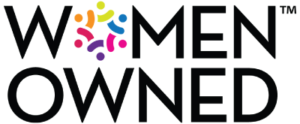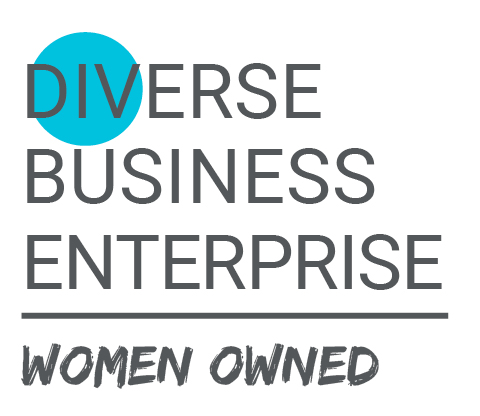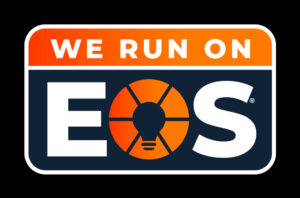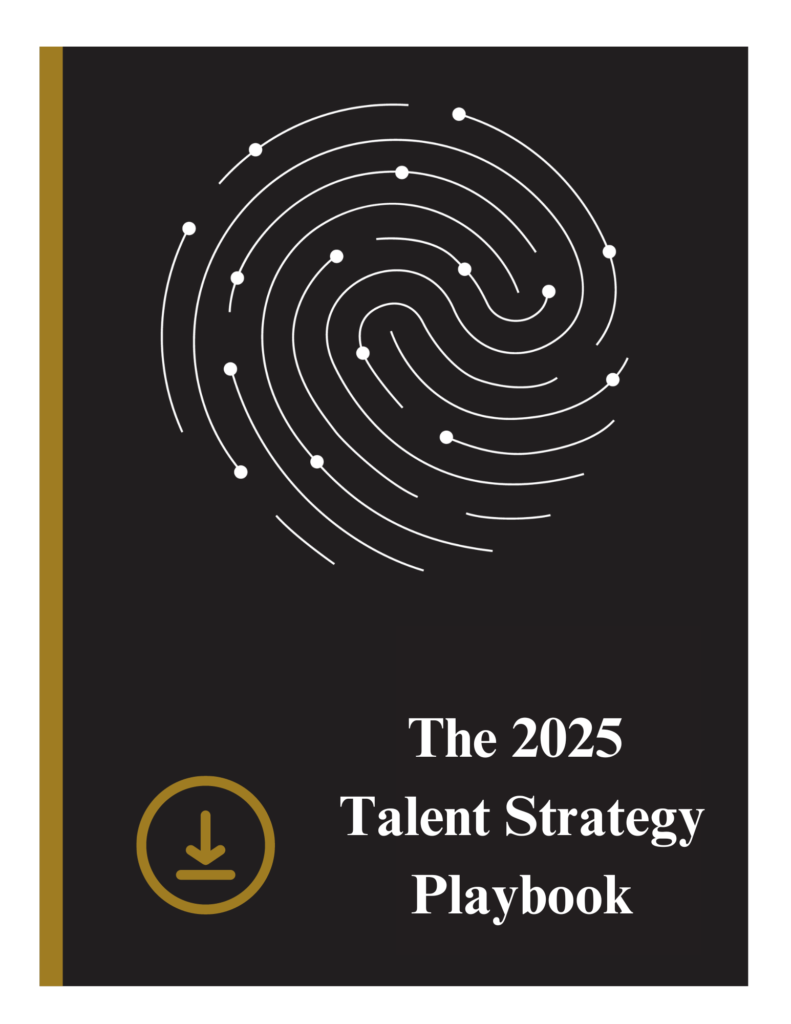by Nicole Degi
Employee motivation is one of the most important drivers of organizational success. It directly influences employee tenure, job satisfaction, and overall productivity, all of which contribute to a company’s long-term stability and growth. To foster motivation and encourage high performance, many organizations turn to bonus and incentive plans as a key tool. These plans, when thoughtfully designed and implemented, can elevate employee engagement and productivity while aligning individual efforts with organizational objectives.
Crafting an effective bonus and incentive plan, however, requires more than simply offering rewards. It demands a strategic approach that addresses the unique motivations of employees while ensuring alignment with business goals. In this guide, we’ll explore essential components of incentive plans and offer tips for maximizing their impact.
Start with Clear Objectives
The foundation of any successful incentive plan begins with clearly defined objectives. These objectives should align with the company’s broader business goals and long-term strategic vision. Employees are far more likely to feel motivated if they understand how their hard work directly contributes to the success of the company. In doing so, they not only feel a stronger sense of purpose but also gain a sense of ownership in achieving those goals.
When crafting these objectives, specificity is key. Vague goals lead to confusion, whereas specific, measurable targets provide clarity and a roadmap for success. For example, in a sales role, the objective might be, “If you exceed your annual sales quota by $10,000 in new business, you will receive a bonus of X.” This clear-cut structure not only helps employees focus their efforts but also gives them a concrete target to strive for. Additionally, regularly reviewing these objectives with employees, such as during annual or quarterly performance reviews, ensures everyone remains aligned and aware of their progress.
Offer Meaningful Rewards
An incentive plan is only as effective as the rewards it offers. The rewards must be sufficiently valuable and meaningful to motivate employees. While monetary bonuses are often a go-to option, other forms of recognition can be equally effective. Offering additional vacation days, experiential rewards like trips, or even public recognition in the form of awards can serve as powerful motivators.
It’s important to remember that different employees are driven by different incentives. Some may be motivated by financial bonuses, while others may place more value on time off, career development opportunities, or public acknowledgment of their contributions. To maximize the effectiveness of an incentive plan, consider offering a variety of reward options or tailoring incentives to individual preferences. The key is ensuring that the rewards resonate with employees and are aligned with their motivations.
Ensure Fair and Transparent Criteria
Fairness and transparency are essential to any successful incentive plan. Employees need to feel that the goals are attainable and that the criteria for earning rewards are both equitable and clearly communicated. If employees perceive the incentive structure as unfair or impossible to achieve, it can have the opposite effect of what is intended, leading to frustration, disengagement, and even turnover.
To prevent this, ensure that the plan is designed in a way that gives all employees a reasonable opportunity to succeed. Communicate the criteria clearly from the outset, explaining how rewards are earned and the specific metrics or benchmarks that need to be met. Transparency not only builds trust but also fosters a sense of ownership and commitment to reaching the goals.
Communicate Goals and Offer Support
An incentive plan cannot simply be introduced and then forgotten. It requires ongoing communication and support to keep employees motivated and on track. Regular check-ins, such as quarterly or monthly performance reviews, can serve as valuable opportunities to discuss progress toward incentive goals. These meetings give employees the chance to receive feedback, ask questions, and understand how close they are to achieving their targets.
Another effective communication tool is a KPI (Key Performance Indicator) tracker. A visual representation of progress, such as a dashboard or report that employees can refer to, helps them stay focused and monitor their own performance relative to their goals. Whether through one-on-one meetings or automated performance tracking systems, ongoing communication is crucial to maintaining motivation and ensuring that employees remain engaged with the incentive plan throughout the year.
Celebrate Successes
Recognizing and celebrating employee successes is a powerful motivator. Public recognition of achievements, whether through company-wide announcements, awards ceremonies, or informal shout-outs, can have a significant impact on morale. Celebrating milestones not only acknowledges individual effort but also creates a sense of camaraderie within the organization, inspiring others to strive for similar success.
Celebrations can take many forms—from a simple thank-you note to a formal recognition event—and they don’t have to be tied exclusively to the top performers. Recognizing incremental progress and smaller wins along the way can help keep employees motivated and focused on the ultimate goal. In doing so, you build a culture of recognition where employees feel valued and appreciated for their contributions.
Crafting a Plan that Works: A Holistic Approach
Designing an effective bonus and incentive plan requires careful consideration of various factors, all aimed at maximizing employee motivation and aligning individual efforts with organizational goals. The key components—setting clear objectives, offering meaningful rewards, ensuring fairness and transparency, providing ongoing support, and celebrating successes—work in tandem to create an environment where employees feel empowered to perform at their best.
But incentive plans should not be static. Regularly reviewing and refining these plans based on employee feedback, business changes, and performance data ensures that they remain relevant and effective. Customization and flexibility are also important. Allowing for some degree of personalization—whether in the form of different reward options or individualized performance targets—can make employees feel more connected to the plan and more driven to succeed.
Ultimately, the goal of any bonus or incentive plan is not just to reward hard work but to create a culture where employees feel valued, supported, and inspired to contribute their best efforts. By thoughtfully crafting these plans, organizations can foster a motivated, engaged, and high-performing workforce that drives long-term success.



















